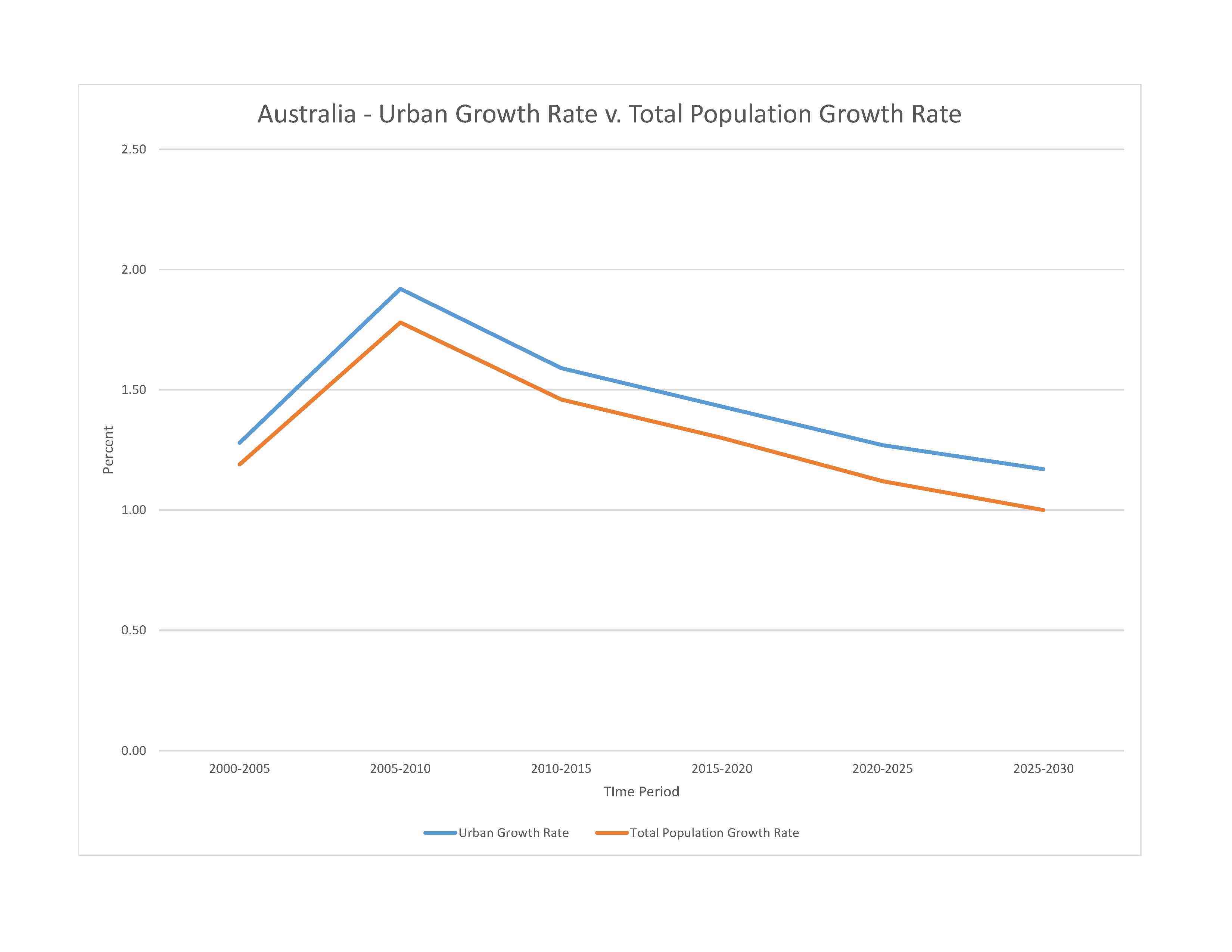
soil erosion from overgrazing, deforestation, industrial development, urbanization, and poor farming practices; limited natural freshwater resources; soil salinity rising due to the use of poor quality water; drought, desertification; clearing for agricultural purposes threatens the natural habitat of many unique animal and plant species; disruption of the fragile ecosystem has resulted in significant floral extinctions; the Great Barrier Reef off the northeast coast, the largest coral reef in the world, is threatened by increased shipping and its popularity as a tourist site; overfishing, pollution, and invasive species are also problems
party to: Antarctic-Environmental Protection, Antarctic-Marine Living Resources, Antarctic Seals, Antarctic Treaty, Biodiversity, Climate Change, Climate Change-Kyoto Protocol, Climate Change-Paris Agreement, Comprehensive Nuclear Test Ban, Desertification, Endangered Species, Environmental Modification, Hazardous Wastes, Law of the Sea, Marine Dumping-London Convention, Marine Dumping-London Protocol, Marine Life Conservation, Nuclear Test Ban, Ozone Layer Protection, Ship Pollution, Tropical Timber 2006, Wetlands, Whaling
signed, but not ratified: none of the selected agreements
generally arid to semiarid; temperate in south and east; tropical in north
agricultural land: 46.65% (2018 est.)
arable land: 4.03% (2018 est.)
permanent crops: 0.04% (2018 est.)
permanent pasture: 42.58% (2018 est.)
forest: 17.42% (2018 est.)
other: 33.42% (2018 est.)
urban population: 86.6% of total population (2023)
rate of urbanization: 1.27% annual rate of change (2020-25 est.)
note: data include Christmas Island, Cocos Islands, and Norfolk Island

0.13% of GDP (2018 est.)
0.78% of GDP (2018 est.)
particulate matter emissions: 8.93 micrograms per cubic meter (2019 est.)
carbon dioxide emissions: 375.91 megatons (2016 est.)
methane emissions: 105.01 megatons (2020 est.)
municipal solid waste generated annually: 13.345 million tons (2015 est.)
municipal solid waste recycled annually: 5,618,245 tons (2015 est.)
percent of municipal solid waste recycled: 42.1% (2015 est.)
fresh water lake(s): Lake Alexandrina - 570 sq km
salt water lake(s): Lake Eyre - 9,690 sq km; Lake Torrens (ephemeral) - 5,780 sq km; Lake Gairdner - 4,470 sq km; Lake Mackay (ephemeral) - 3,494 sq km; Lake Frome - 2,410 sq km; Lake Amadeus (ephemeral) - 1,032 sq km
River Murray - 2,508 km; Darling River - 1,545 km; Murrumbidgee River - 1,485 km; Lachlan River - 1,339 km; Cooper Creek - 1,113 km; Flinders River - 1,004 km
Indian Ocean drainage: (Great Australian Bight) Murray-Darling (1,050,116 sq km)
Internal (endorheic basin) drainage: Lake Eyre (1,212,198 sq km)
Great Artesian Basin, Canning Basin
municipal: 2.29 billion cubic meters (2020 est.)
industrial: 2.89 billion cubic meters (2020 est.)
agricultural: 8.57 billion cubic meters (2020 est.)
492 billion cubic meters (2020 est.)
NOTE: The information regarding Australia on this page is re-published from the 2024 World Fact Book of the United States Central Intelligence Agency and other sources. No claims are made regarding the accuracy of Australia 2024 information contained here. All suggestions for corrections of any errors about Australia 2024 should be addressed to the CIA or the source cited on each page.
This page was last modified 04 May 24, Copyright © 2024 ITA all rights reserved.